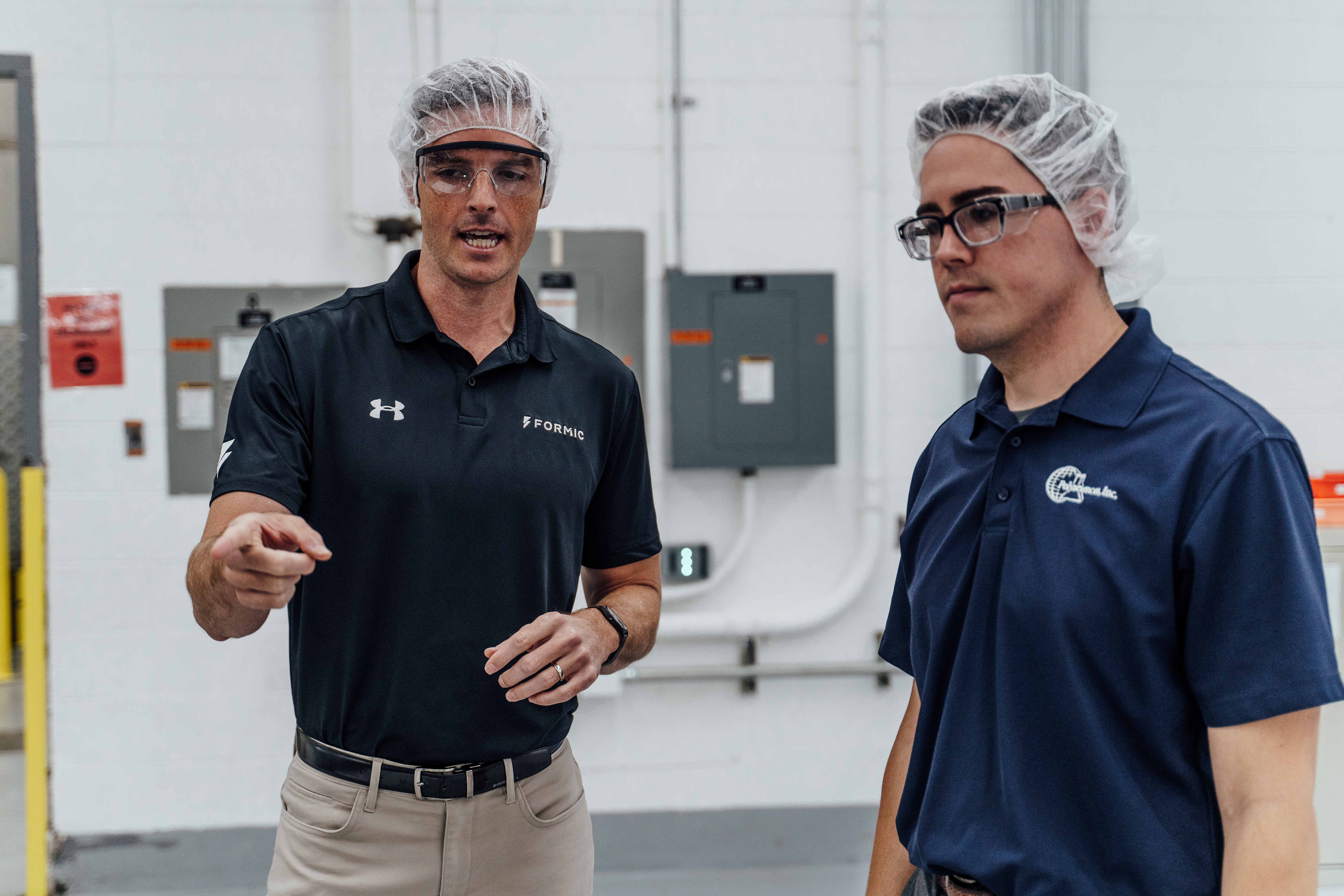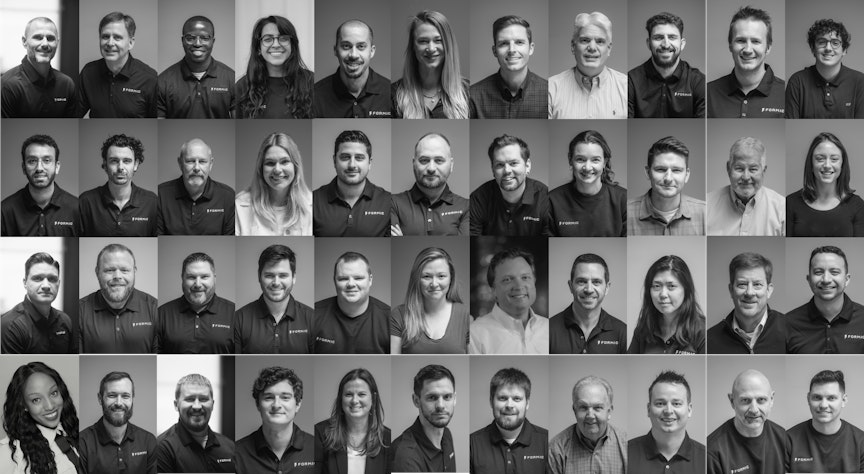It’s no secret - the manufacturing climate has shifted significantly over the last few years. Companies are dealing with increased demands for efficiency, quicker turnaround times, and better pricing. This comes with the growing challenges of finding and retaining skilled workers, the rising cost of raw materials, both of which lead to increasing costs and stagnant productivity gains. Many are looking to automation as the answer, but aren’t sure where to begin.
One of the most strenuous tasks in a manufacturing facility is hand palletizing, which is a fancy way of saying “stacking boxes onto a pallet.” This is a crucial piece of any manufacturing process (can’t ship product if it’s not stacked and wrapped!), but it’s an incredibly strenuous process when achieved through manual labor.
Today, we’ll dive deeper into the pressing challenges suppliers face, and put the spotlight on an effective way to alleviate them: end of line automation.
The Labor Challenge
We all know the old adage, “good help is hard to find.” Any manufacturer will tell you that this resonates now more than ever, and would probably add, “it’s even harder to keep!”
Manufacturing data supports that sentiment. In fact, as many as 3.8 million additional employees will be needed in the manufacturing sector between 2024 and 2033, according to a recent study by Deloitte and the Manufacturing Institute (MI). This shortage is being fueled primarily by retirement and workers changing careers. Manufacturers compete for talent across other sectors, and are particularly vulnerable to losing employees to retail, hospitality, food service positions, and more. All of this translates to higher labor costs, lower productivity, and decreased efficiency overall.
End of Line Labor Challenges
Injuries
Manual handling of heavy products or hazardous materials increases risks, leading to resource-draining worker’s compensation claims and potential OSHA fines or stoppages. Workers’ comp claims often cause the insurer to terminate coverage, forcing the company to search out alternatives, typically at a higher cost. Also, if the organization is under-insured, this could ring up lofty out-of-pocket expenses.
Unreliable Workforce
People show up late, or not at all. They resign on the spot, and walk out. One thing we hear quite often: worked loyalty seems to be a thing of the past. Employee turnover and absenteeism means more recruiting, training and anxiety for managers. Imagine having to train and retrain employees on 20+ pallet patterns each time a new employee joins the company! They can only hope the new recruits will work out: they’ll show up, do their job well, and stick around for a long time.
Mistakes
Humans are also prone to make mistakes such as packing the wrong product, or packing it improperly, which could lead to product damage. This all adds up to returns and unhappy customers. Nobody wants either.
Reliance on Staffing Agencies
Staffing agencies can help fill positions when needed, but they are an expensive and addictive “band-aid” to a larger underlying problem. Staffing agencies are great for dealing with temporary production spikes, but can be draining on OpEx budgets when they become a consistent compensatory measure for labor shortfalls.

But The Show Must Go On!
Increasing Demands from Customers
As if serious labor challenges weren’t enough, manufacturers also have to contend with increased demands from their customers. To put it simply: buyers now want everything quicker, they need more of it, and at a more competitive price. In days past, companies would just add a second or third shift, but today’s labor climate makes this all but impossible.
Now What?
All of these factors have manufacturers thinking: “It costs more than ever to do things the way we’ve always done it, and we still can’t meet demand.” So, what’s the solution?
End of Line Automation to the Rescue
This is where end of line automation comes in. Simply put, this approach relies on technology rather than humans to perform typical tasks required to prepare products for shipping. While specifics will vary based on the industries and the product being packed, the most common end of line processes include:
Carton Erecting/Case Forming
This is automating the creation of boxes - these can be simple standard boxes, or trays with tucked flaps.
Case Packing
Packaging any pre-packaged goods into containers (typically boxes), such as:
- Food - baked goods, dry food and snacks. It also includes other products such as canned goods, desserts and meals.
- Beverages - cans, bottles, jugs can be easily picked and packed into cartons or other containers.
- Consumer Goods - this represents products that come in all shapes and sizes. The use of grippers and infeed options.
- Pharmaceuticals - labeling, or other marking, and packing individual units into larger containers.
Case Sealing
Automating the taping of packed cases, readying them for palletizing.
Coding and Labeling
Many applications, such as pharmaceuticals, have specialty coding and labeling requirements, which can be part of end of line automation.
Palletizing
Stacking closed cases and other containers, bags, bottles, and cans onto pallets.
Quality Inspection
Checking for any issues, including foreign metal, visual inspections for defects, weight checking, etc.
The Impacts
With end of line automation, all of these processes are conducted automatically. Robotic pickers will pick product, and pack it into its container, while palletizers stack the containers or product onto pallets. It’s a relatively simple solution, that delivers many advantages including:
- Product is packed correctly and palletized consistently, quickly and efficiently
- Requires significantly less, if any, labor that traditional approaches
- Increases productivity and output overall, while minimizing downtime
It's Time
In an environment where manufacturers are challenged more than ever, from so many sides, reducing the number of manual steps in your production process will save you time, money, and headaches. If you’re a small or medium sized company looking to reduce labor headaches while increasing efficiency, output and profitability, we encourage you to explore and implement end of line automation. It’s time.


